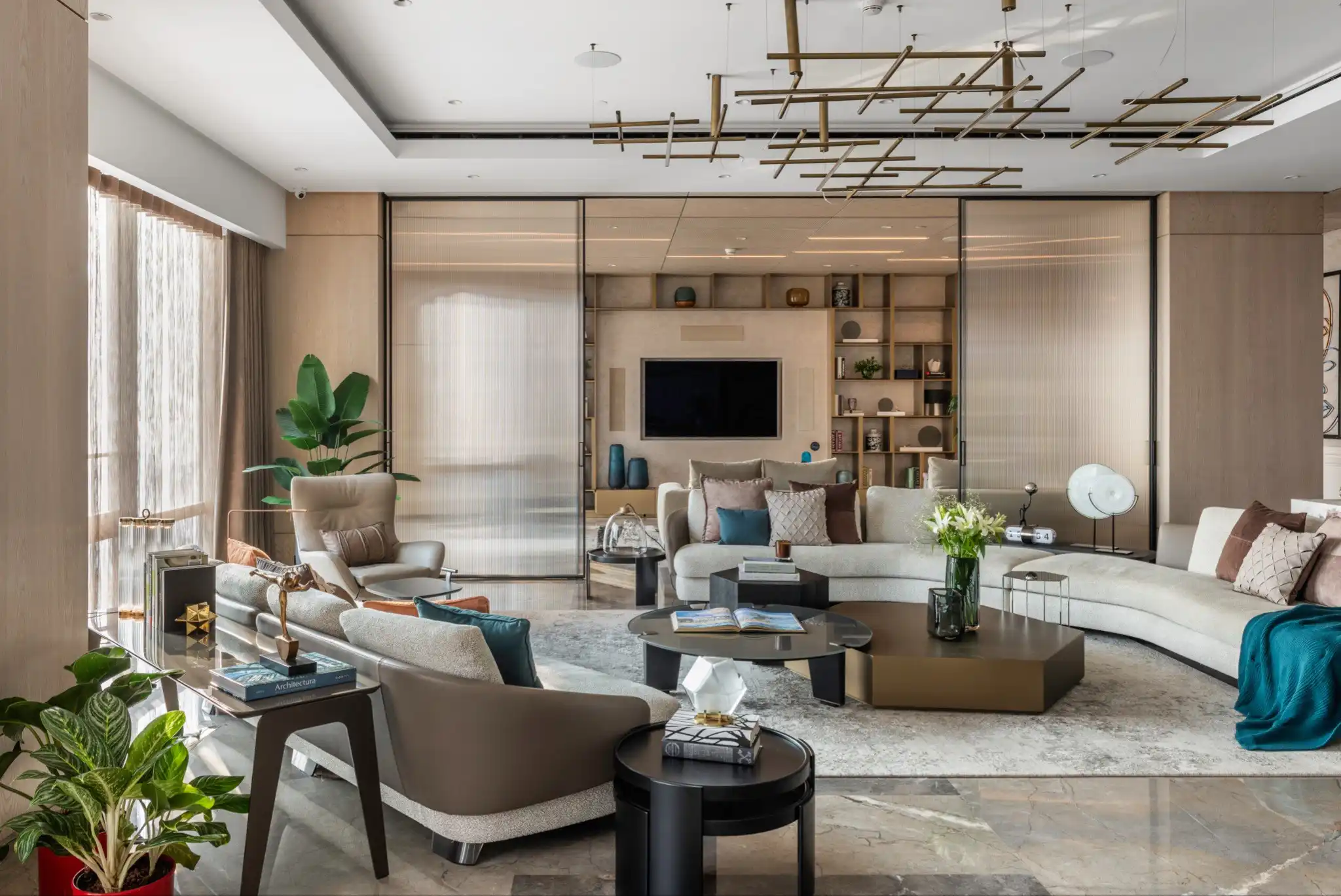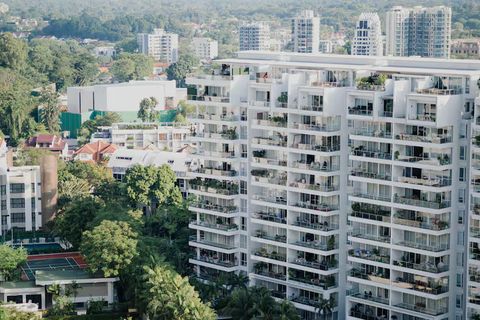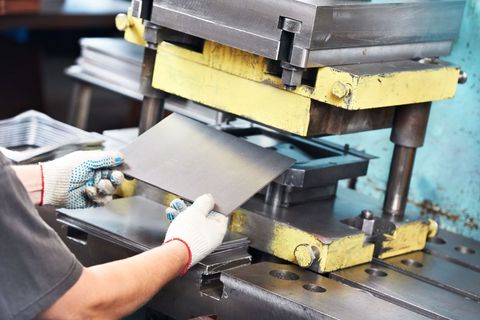Explore the Ultimate Guide to Luxury and Premium Apartments
Luxury and premium apartments represent a distinct category of modern housing designed to meet higher expectations of comfort, quality, and lifestyle. They exist because urbanization, rising global wealth, and evolving lifestyle preferences have created demand for residences that combine convenience, design, and amenities.
Unlike standard apartments, luxury residences emphasize architectural design, high-quality construction materials, advanced technology, and access to exclusive facilities such as fitness centers, rooftop gardens, concierge services, or private security. Premium apartments may also reflect cultural values, such as open living spaces in Europe, high-rise towers in Asia, or sustainable designs in North America
This housing segment is not only about living spaces but also about creating environments that balance privacy, community, and modern living standards.

Importance
Luxury and premium apartments are increasingly relevant in today’s urban environments. They address:
-
Urban lifestyle needs: High-density cities require efficient yet comfortable living solutions.
-
Quality of life improvements: Amenities and advanced design enhance daily living.
-
Sustainability goals: Green buildings and energy-efficient systems contribute to global climate efforts.
-
Safety and security: Advanced surveillance and private access systems offer peace of mind.
These apartments affect a wide demographic, including professionals seeking convenience, families valuing safety and education-oriented neighborhoods, and retirees prioritizing comfort. In many metropolitan areas, they also solve the problem of space optimization by integrating functionality with premium design in smaller but smarter layouts.
Recent Updates
The market for luxury and premium apartments has seen rapid change between 2024 and 2025, shaped by technology, sustainability, and global real estate trends.
-
Smart home integration (2024): Automated lighting, climate control, and security systems have become standard features in premium apartments.
-
Sustainability focus (2024): Energy-efficient designs, green roofs, and water recycling systems are now essential in many new developments.
-
Hybrid living spaces (2025): More apartments are designed with integrated work-from-home setups, reflecting the shift to hybrid work culture.
-
Wellness amenities (2025): Demand has grown for wellness-focused spaces including meditation rooms, air-purification systems, and noise-reduction designs.
-
Global investment shift (2025): International investors are turning to cities like Dubai, Singapore, and Lisbon for luxury real estate, diversifying beyond traditional markets like New York and London.
These changes highlight a move beyond luxury as a symbol of status toward practical, health-oriented, and sustainable living.
Laws or Policies
The development and use of luxury and premium apartments are influenced by national and local regulations. Examples include:
-
Building codes and zoning laws: Cities regulate height restrictions, land use, and density, shaping the design of luxury towers or gated communities.
-
Green building regulations: Many regions require eco-friendly designs under frameworks such as LEED certification in the United States or BREEAM in Europe.
-
Tax and ownership rules: Countries regulate foreign ownership of luxury apartments, with restrictions in places like Singapore and New Zealand to control housing markets.
-
Safety standards: Fire codes, earthquake-resistant designs, and accessibility standards ensure compliance and resident protection.
-
Smart city programs: Governments encouraging digital infrastructure indirectly boost demand for high-tech apartments aligned with these programs.
These laws ensure that premium housing is not only attractive but also safe, compliant, and sustainable.
Tools and Resources
Several tools and resources can help individuals and professionals better understand or evaluate luxury and premium apartments:
-
Property comparison platforms: Online tools that provide data on apartment features, amenities, and locations.
-
Smart home apps: Mobile apps that integrate with modern apartments for controlling lighting, appliances, and climate remotely.
-
Sustainability calculators: Tools to estimate energy savings and carbon footprints in eco-friendly apartments.
-
Virtual tour technologies: 3D visualization platforms that allow users to explore apartments remotely.
-
Government housing portals: Websites offering official guidelines on property ownership, zoning rules, and compliance standards.
FAQs
What makes an apartment “luxury” or “premium”?
Luxury or premium apartments are defined by superior quality in design, materials, amenities, and location. They often include advanced technologies, exclusive facilities, and architectural designs that distinguish them from standard apartments.
How are sustainability features integrated into premium apartments?
Many luxury apartments now incorporate solar panels, green roofs, smart energy systems, water recycling, and sustainable building materials to reduce environmental impact.
Are luxury apartments only available in large cities?
While luxury apartments are most common in metropolitan areas, smaller cities and resort towns are also seeing growth in premium residential developments, often catering to second-home buyers or retirees.
Do luxury apartments differ across countries?
Yes, the definition of luxury varies by region. In North America, space and technology may define luxury, while in Europe, historical architecture combined with modern upgrades plays a role. In Asia, high-rise developments with integrated shopping and business centers are common.
What role does technology play in modern premium apartments?
Technology is central, with features like smart locks, automated lighting, AI-powered climate systems, and IoT-enabled appliances becoming common in modern apartments.
Conclusion
Luxury and premium apartments have evolved beyond status symbols into functional, sustainable, and technologically advanced living spaces. They address the needs of a rapidly urbanizing world, offering solutions that balance comfort, efficiency, and environmental responsibility.
Recent innovations such as wellness-focused amenities, smart home technologies, and hybrid living spaces reflect how housing adapts to modern lifestyles. Meanwhile, regulations ensure safety, sustainability, and market balance.





